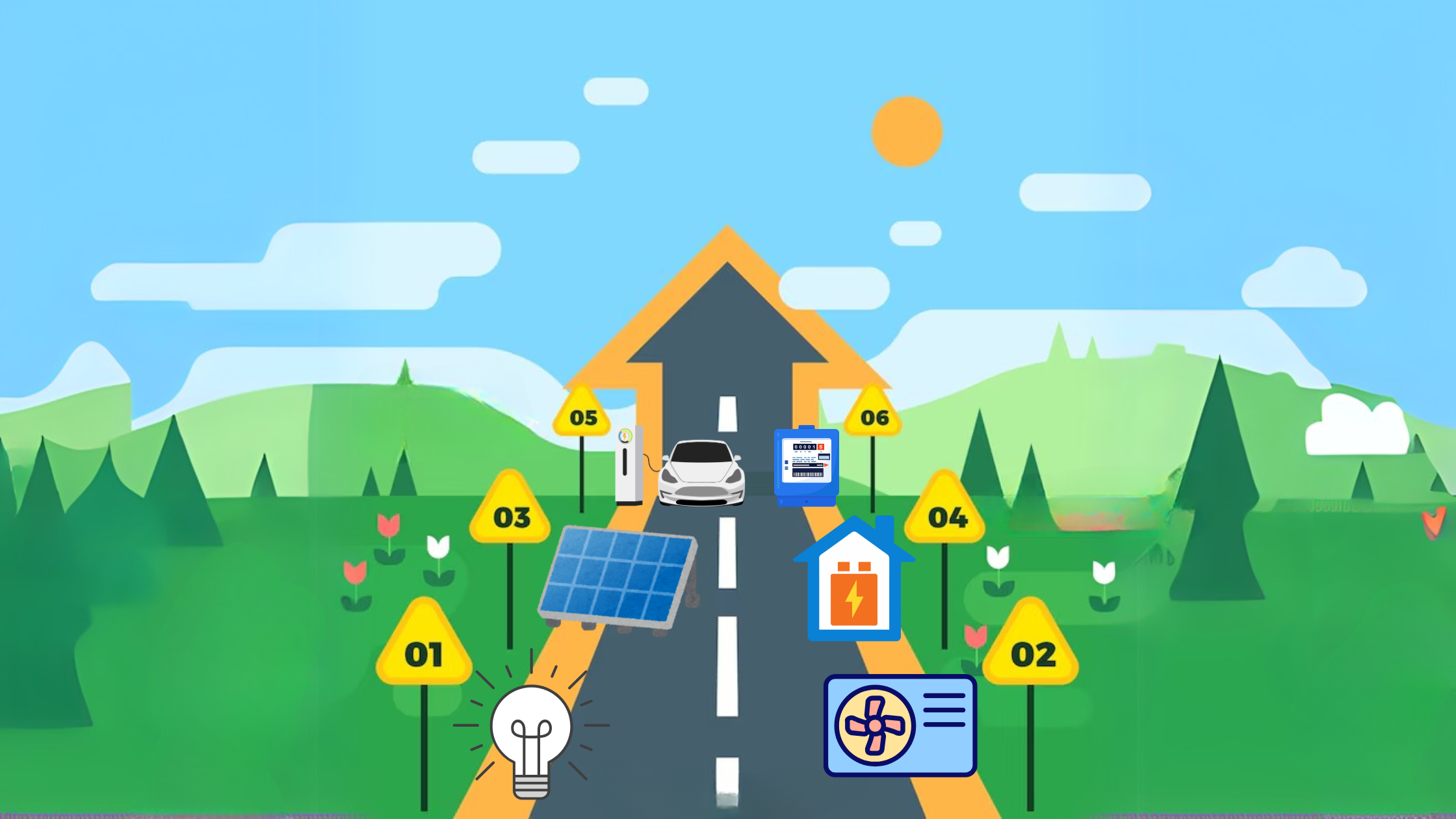
Electrifying your home might seem like a big undertaking, but with the right plan, it can be a smooth and rewarding process. Whether you're starting with a single appliance or planning a full upgrade, understanding the steps involved can help you make informed choices and get the most out of your investment.
Step 1: Assess Your Current Energy Use
Before you begin, take stock of your existing appliances and systems. Are you using gas for heating, hot water, or cooking? How old are your current appliances? Identifying where you're using the most energy helps you prioritise upgrades and plan your electrification journey effectively.
Step 2: Set Your Electrification Goals
Are you aiming to reduce your carbon footprint, cut down on energy costs, or increase your home's value? Maybe all three? Defining your goals will guide your decisions about what systems to upgrade first—whether it’s installing a heat pump, switching to induction cooking, or going all-in with solar panels.
Step 3: Get a Home Energy Assessment
A professional energy assessment provides tailored advice on where your home is losing energy and what upgrades will have the biggest impact. This can help you decide whether insulation improvements, double glazing, or appliance upgrades should be part of your electrification plan.
Step 4: Start with Easy Wins
You don’t have to do everything at once. Start with high-impact, low-barrier upgrades like replacing incandescent bulbs with LEDs, switching to an energy-efficient electric dryer, or upgrading your hot water cylinder. These smaller steps can save energy and reduce costs while you prepare for larger investments.
Step 5: Upgrade Major Systems
When you're ready, tackle the bigger components—like heating, cooling, and water heating. Installing a heat pump or upgrading to an electric hot water system can significantly cut your reliance on fossil fuels. Consider replacing gas cooktops with electric induction for safer, faster, and more energy-efficient cooking.
Step 6: Consider Solar and Battery Storage
Adding solar panels and a home battery can dramatically boost your home's energy independence. While this step may require more upfront investment, the long-term savings—and environmental benefits—are well worth it. Plus, New Zealand offers incentives that can help offset installation costs.
Step 7: Switch to an EV
Once your home systems are running on electricity, think about your transport. Switching to an electric vehicle and installing a home charger allows you to fully capitalise on solar power and further reduce your carbon footprint.
Step 8: Monitor and Optimise
Smart meters, apps, and home energy management systems help you track your energy usage in real time. This information lets you optimise performance, identify issues early, and keep your electricity bills in check.
Step 9: Stay Informed and Evolve
Technology and incentives are constantly evolving. Stay informed about new products, government programmes, and best practices to keep improving your electrified home.
In conclusion, electrifying your home is a journey that doesn’t have to happen all at once. With a clear plan and the right support, you can transition step by step toward a more energy-efficient, cost-effective, and environmentally friendly lifestyle.